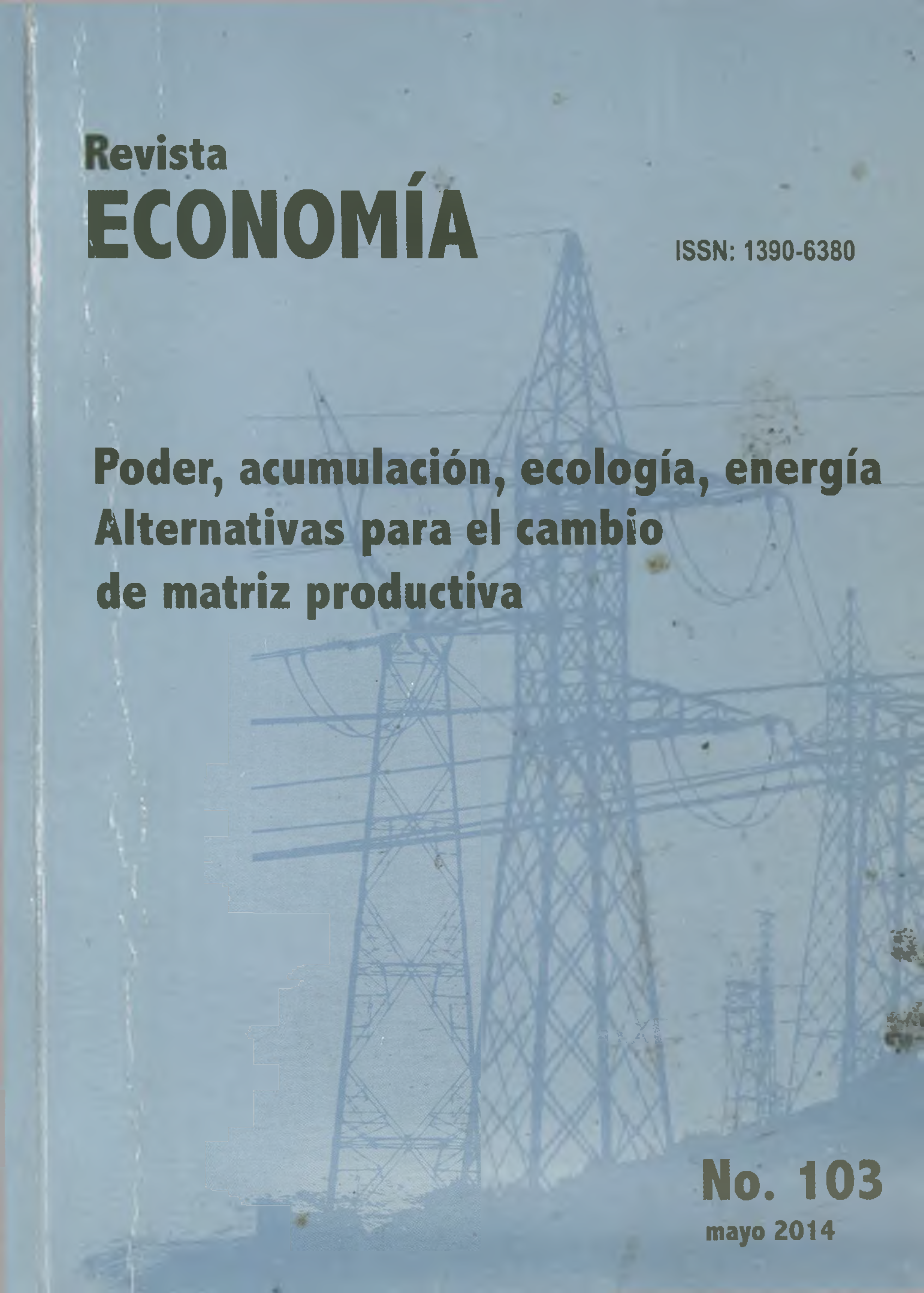Count Data Models Applied to the Number of Household Members
Main Article Content
Abstract
This working paper tries to model the number of members living ¡n a household by applying Count Data Models, Poisson and Negative Binomial distributions basically. The main idea is to model the expected value of number of a certain household depending on a set of explanatory variables. The sample is from Ecuador, so the results only apply for this specific country. However, this paper gives some ideas about what factors affect the number of members in a household.
Downloads
Article Details

This work is licensed under a Creative Commons Attribution-NonCommercial 4.0 International License.
The authors who publish in this journal accept the following conditions:
- The authors retain the copyright and assign to the Economics Magazine the right of the first publication, with the work registered under Creative Commons Attribution-NonCommercial 4.0, which enables third parties to redistribute, commercial or non-commercial, of what has been published as long as the article circulates completely and without changes.
- Authors can make other independent and additional contractual agreements for the distribution of the article published in this journal (for example, add it to an institutional repository or publish it in a book) as long as they clearly and clearly specify that the article was published for the first time. once in Revista Economía. In case of reproduction, a note similar to the one presented below must be included: This text was originally published in the Revista Economía No.…, volume…, number of pages, year of publication.
- Authors are suggested to publish their work on the internet (for example, on institutional or personal pages) of the final version published by Revista Economía since this can lead to greater and faster dissemination of the published article.
References
Bongaarts, John. Household Size and Composition in the Developing World in the 1990S. Population Studies, Vol. 55, No. 3 (Nov., 2001), pp. 263-279.
Burch, Thomas. Some Demographic Determinants of Average Household Size: An Analytic Approach. Demography, Vol. 7, No. 1 (Feb., 1970), pp. 61-69.
Instituto Nacional de Estadística y Censos. Encuesta de Condiciones de Vida, www.inec.gob.ee. Visited in Decenber íoth, 2013.
Jiang, Leiwen and Brian C. O'Neill. Impacts of Demographic Trends on US Household Size and Structure. Population and Development Review, Vol. 33, No. 3 (Sep., 2007), pp. 567-591 Lanjouw, Peter and Martin Ravallion. Poverty and Household Size. The Economic Journal,
Vol. 105, No. 433 (Nov., 1995), pp. 1415-1434.
Fiegehen, G. C. and P. S. Lansley. The Measurement of Poverty: A Note on Household Size and Income Units. Journal of the Royal Statistical Society. Series A (General), Vol. 139, No. 4 (1976), pp. 508-518.
Wooldridge, Jefffey. Introductoiy Econometrics. Fourth Edition. Cengage Leaming. 2009.

